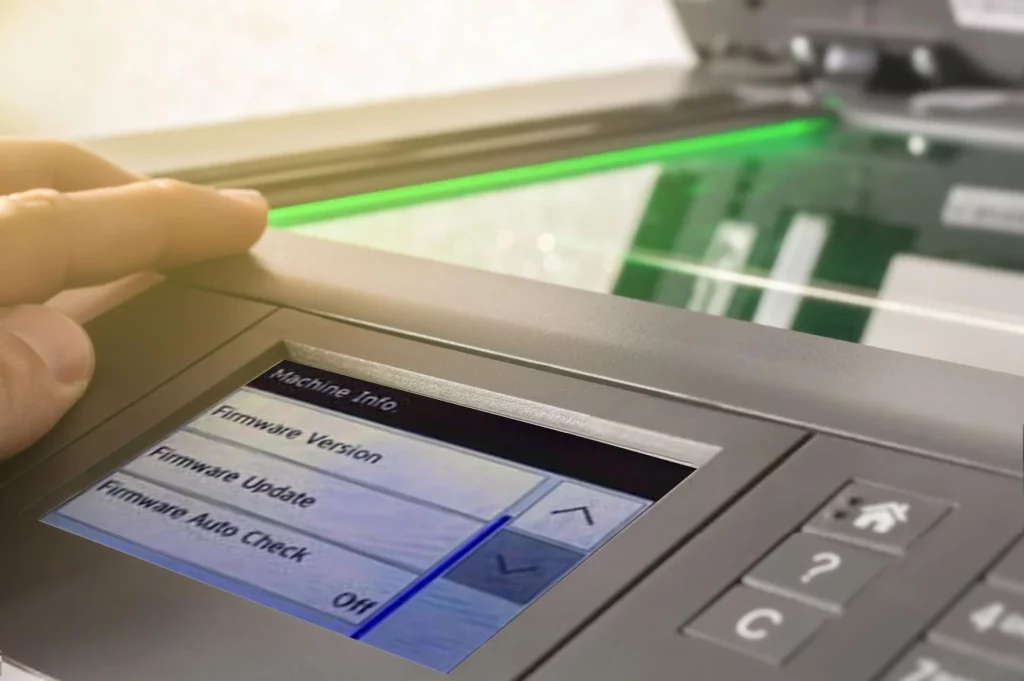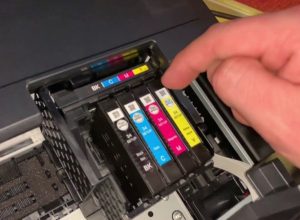The secrets of printer firmware updates – How to manage them effectively
Printer firmware updates are essential to ensure the smooth operation and optimum performance of printing devices. Firmware, which is software embedded in printers, controls every aspect of their operation, from communication with the computer to print quality management. Understanding how these updates work, and how to manage them effectively, can significantly improve printer life and optimize performance.
What is firmware?
Firmware is a type of software that is tightly integrated into the hardware of a device. In the case of printers, it manages interactions between hardware and application software. This includes processing print jobs, managing consumables such as ink and toner, and advanced functions such as duplex printing and scanning.
Why are firmware updates necessary?
Just like an operating system on a computer, printer firmware requires regular updates to ensure performance, security and compatibility. Here are some of the main reasons why updates are crucial:
- Bug fixes: Updates can correct errors that affect printer operation.
- Performance enhancement: Updates can improve printing speed or quality.
- New features: Some updates add new options or enhance existing features, increasing the value of the printer.
- Security: Updates can close security loopholes that could be exploited by malicious users.
How do I check for firmware updates?
Checking for firmware updates may vary depending on the printer model. Here are some common methods:
- Using the manufacturer’s software : Most printer manufacturers offer management software that includes automatic checking for updates.
- Visit the manufacturer’s website: The manufacturer’s website can provide information on available updates. Users can download the firmware manually and follow the installation instructions.
- Printer network configuration : If the printer is connected to a network, there may be a built-in function to search for updates directly from the printer control panel.
How do you manage updates efficiently?
Effective management of firmware updates involves several steps that users must follow to ensure a smooth and trouble-free process:
Scheduling updates
It’s a good idea to schedule regular update checks. This can be done monthly or quarterly, depending on printer usage.
Backing up settings
Before carrying out an update, it is advisable to save the printer settings. This will enable you to restore configurations in the event of a problem after the update.
Reading release notes
Release notes provide information on the changes brought about by the update. This can help users understand whether the update is relevant to their needs.
Installing updates
When you’re ready to install an update, follow the manufacturer’s instructions carefully. This usually includes downloading files, transferring them to the printer and restarting the device.
Post-update testing
After updating, it is essential to test the printer to ensure that all functions are working properly. This includes printing test documents and using all available functions.
Conclusion
Managing printer firmware updates efficiently is a must for any user looking to maximize the performance of their equipment. Staying up-to-date not only extends the life of your printer, but also optimizes its efficiency and security. A proactive, organized approach ensures that your printer will continue to meet your printing needs, whatever the volume or complexity of your jobs.






